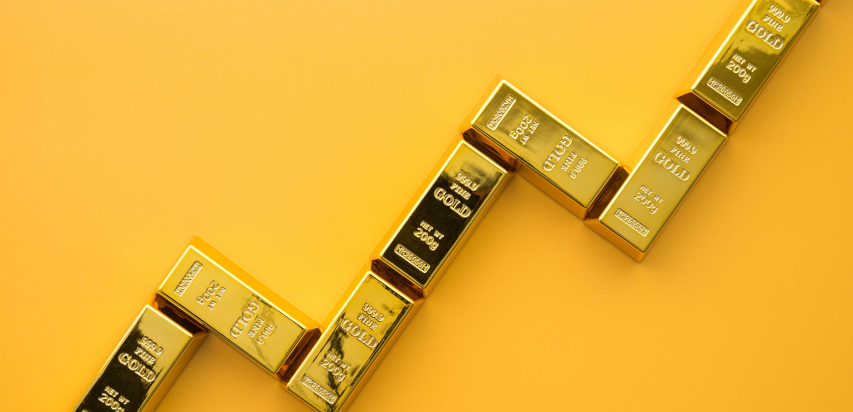Many people think of options trading as a form of gambling, a high-stakes lottery where a few lucky souls make a fortune while the rest lose everything. The truth, however, is far from this. For an expert trader in India, options are not a bet; they are a sophisticated set of tools used to manage risk, generate income, and capitalize on specific market views. It’s about knowing the “how” and “why” behind every single trade, a discipline that separates the sustainable profits from the fleeting wins.
Lesson 1: The Foundation Is Everything – Know Your Greeks
A major reason why most people lose money in options is their ignorance of the very instruments they trade. They look at options with a one-dimensional mindset: “Is the price going up or down?” The expert trader understands it’s far more complex. The real profit lies in understanding the Greeks—the variables that influence an option’s price.
Delta (Δ): This is the speed of your car. It tells you how much the option’s price will change for every ₹1 move in the underlying asset. An out-of-the-money (OTM) option has a very low delta (e.g., 0.10). This means the underlying Nifty needs to move ₹10 for the option to gain just ₹1. An in-the-money (ITM) option, with a high delta (e.g., 0.80), gives you a much bigger bang for your buck on the same ₹1 move. This is the most crucial nuance for Indian investors to grasp.
Theta (Θ): This is the silent killer—the rust on your car. Theta represents time decay. As each day passes, an option loses value, even if the underlying asset’s price doesn’t move. The decay accelerates rapidly in the last week before expiry, especially for OTM options. Most retail traders in India buy cheap OTM options near expiry, and without a big, sudden move in the underlying asset, they watch the value of their options evaporate into thin air.
Vega (V): This is the volatility of the market—the bumps on the road. Vega measures how an option’s price changes with market volatility (as measured by the India VIX). When the VIX is high, options are expensive. When it’s low, they are cheap. A shrewd trader knows that buying options when volatility is high is a risky game; if volatility drops, the option’s value will fall, regardless of the underlying price action.
Lesson 2: The Right Strategy For The Right Market
A novice trader only knows how to “buy a call” or “buy a put.” An expert, on the other hand, has a playbook of strategies, each designed for a specific market outlook. In the Indian market, where indices like Nifty and Bank Nifty dominate, this is a game-changer.
When you are Bullish but Cautious: Don’t just buy a call. Consider a Bull Call Spread. You buy an ITM call and simultaneously sell an OTM call. This reduces your initial cost and limits your maximum loss. While it caps your maximum profit, it dramatically increases your probability of success. It’s a professional’s trade.
When you expect a big move but are unsure of the direction: This is where the Long Straddle comes in. You buy a call and a put at the same strike price and expiry. If the underlying asset, say Bank Nifty, moves significantly in either direction (up or down), one of the options will make a profit that covers the cost of both. This strategy is perfect for a major event like a budget announcement or an RBI policy meeting.
When you expect a range-bound market: The Short Strangle is your go-to. You sell an OTM call and an OTM put. You collect the premium from both and profit as long as the underlying asset stays within a certain range. This strategy works well on a weekly expiry for a sideways-moving Nifty.
The nuance here is that different strategies have different risk profiles. A buyer has limited risk (to the premium paid) but is fighting against time decay. A seller has potentially unlimited risk but benefits from time decay. The master trader knows when to be a buyer and when to be a seller, a discipline often absent in retail trading.
Lesson 3: Indian Market Peculiarities
The Indian derivatives market, primarily centered around Nifty and Bank Nifty, has its own unique features that must be understood.
Weekly vs. Monthly Expiry: The NSE offers both weekly and monthly expiries for indices. Weekly options are a double-edged sword: they offer high leverage and rapid moves but also have fast-acting theta decay. Monthly options, with a longer time horizon, are less susceptible to daily theta decay and are better for holding positions for a longer period. The expert trader picks the right expiry for their view.
Physical vs. Cash Settlement: Most index options in India are cash-settled. However, stock options can be physically settled if they expire in-the-money. This means a trader could be forced to buy or sell the underlying shares. This risk, often overlooked by beginners, can lead to huge capital requirements and is a pitfall to be wary of.
Liquidity: The vast majority of liquidity in Indian options is concentrated in Nifty and Bank Nifty and in the near-month, at-the-money (ATM), and near-the-money options. Trading in illiquid, far-OTM options, even if they look cheap, can lead to a phenomenon called impact cost, where a large gap between the buy and sell price eats into your profits the moment you enter or exit a trade.
The Final Word on Sustainable Profits
Sustainable profits in options don’t come from a single lucky break. They come from a continuous process of disciplined trading:
1. Educate yourself: Understand the Greeks and the nuances of option strategies.
2. Trade with a plan: Define your market view (bullish, bearish, or neutral) and select a strategy that aligns with it.
3. Manage risk mercilessly: Never risk more than a small percentage of your capital on a single trade.
4. Embrace the small wins: It’s not about hitting a home run. It’s about consistently making small, high-probability trades that add up over time.
5. Avoid the siren call of cheap OTM options: Their low price is a reflection of their low probability of success.
For the Indian investor, trading options is an incredible opportunity. But it is a profession, not a hobby. Treat it with the respect it deserves, and you will not only survive but also thrive.





